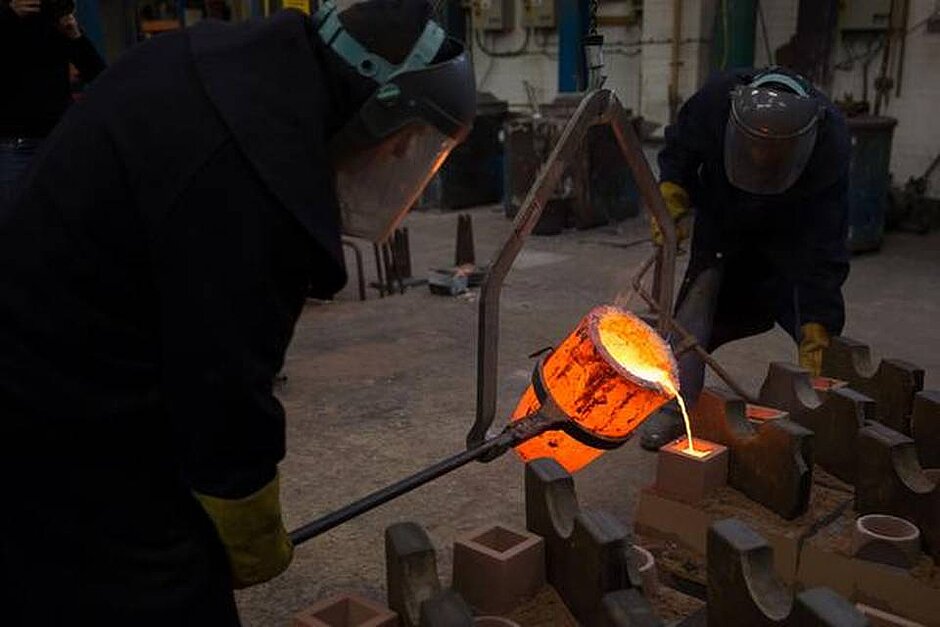Railways, defence, infrastructure sectors to be key drivers
The Indian foundry industry, which is worth $18 billion in revenue, is looking at doubling capacity in a few years with incremental demand projected to come from the railways and defence sectors, according to a top industry executive.
“There is vast potential for growth,” said Amish Panchal, president, The Institute of Indian Foundrymen (IIF), the apex body of the foundry industry.
“Currently, India is manufacturing castings of about 10 million tonnes a year but it can jump to 20 million tonnes driven by domestic demand as lot of emphasis is being given on railways, defence and infrastructure sectors which are all going to consume castings,” he said.
“Right now, there is no clarity on whether these castings could be sourced from India or be imported. If they are sourced in India, then the industry will double in size and can contribute to GDP significantly,” Mr. Panchal added.
Even India’s export marketshare can rise from 2-3% now to about 6-7% which will enhance foreign exchange earnings besides generating employment, he said.
‘Doubling jobs’
“Right now, the industry employs about 2.5 million people and there is a scope of employing additional 2.5 million people if the industry grows at a rapid rate in the next 3-4 years,” Mr. Panchal said.
India exports castings mainly to Europe and the U.S. The global foundry industry is estimated to be about 100 million tonnes and India controls about 11% of the global trade, second to China which has a market share of 40%.
Though India is number two in casting manufacturing and number three in terms of global revenue, much of the castings is for domestic use. With exports of $2.7 billion, India accounts for only 3% of the exports market.
“India can become a significant player in the global market for castings if there are enabling policies,” Mr. Panchal said.
In the last one year, the industry could grow only by 5-7 % as against the expectation of 10-15 % mainly due to demonetisation and GST, industry officials said.
“We are still trying to come up. By March, I think our sector will have double digit growth,” Mr. Panchal said.
He said while the effect of demonetisation was temporary, GST created challenges.
“In case of GST, we are still having some challenges. Very small and medium units are affected by filing of pre-returns and exporters are facing big impact and challenges on the refund of the duty on exports,” he said.
The industry has demanded technology upgradation funds from the Centre to compete in the global market. IIF has submitted a representation to the Finance Ministry seeking sops in the coming Budget. It has requested the Centre to exempt Export House status holders from withholding tax deduction on payments made to non-residents.
It also sought duty-free import of key raw materials and revision of caps for definition of MSMEs — from ₹25 lakh to ₹50 lakh for micro, from ₹5 crore to ₹10 crore for small and from ₹10 crore to ₹30 crore for medium enterprises.
New technology
The industry had also asked the government to increase the upper cap and subsidy for credit-linked capital for MSMEs for investment in new technology.
“We want the government to act on budget recommendation which will give boost the growth of the industry,” he said.
IIF, established in 1950, has more than 4000 members, including large units and MSMEs. The foundry industry provides metal castings to various engineering sectors such as auto, auto components, railways and aerospace.
Source: www.thehindu.com
×


